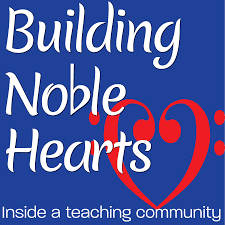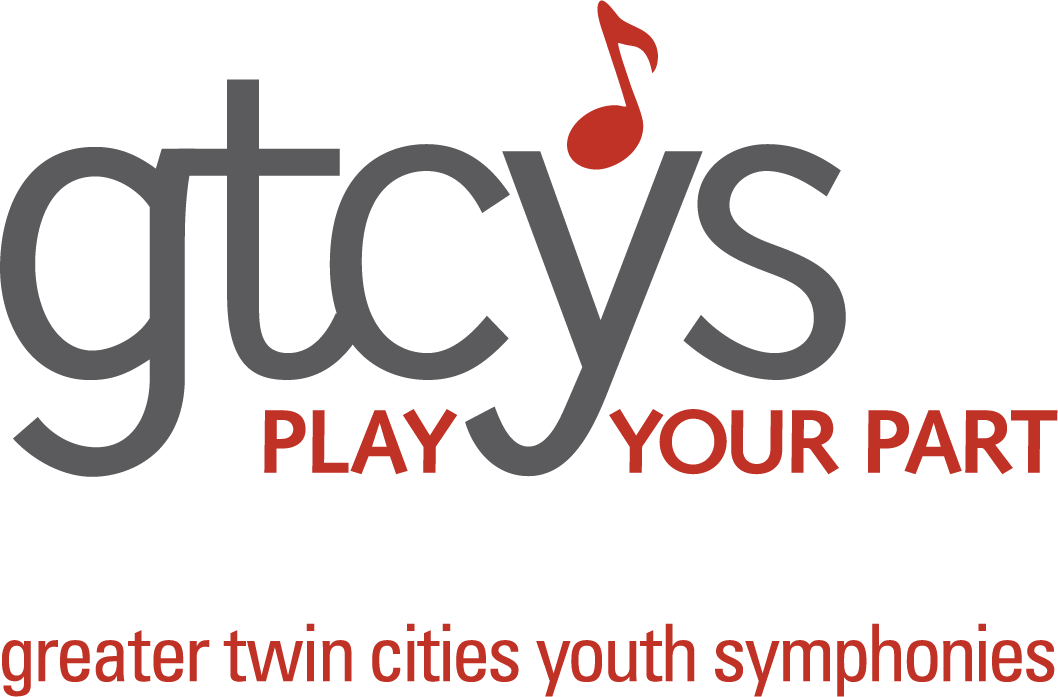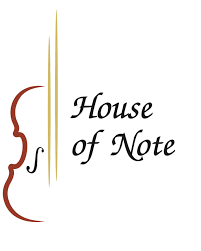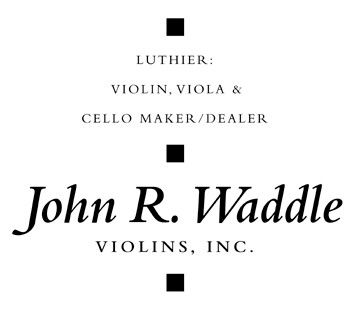[three_fourth last=”no” spacing=”yes” center_content=”no” hide_on_mobile=”no” background_color=”” background_image=”” background_repeat=”no-repeat” background_position=”left top” hover_type=”none” link=”” border_position=”all” border_size=”0px” border_color=”” border_style=”” padding=”” margin_top=”” margin_bottom=”” animation_type=”” animation_direction=”” animation_speed=”0.1″ animation_offset=”” class=”” id=””][title size=”1″ content_align=”left” style_type=”single” sep_color=”#ffffff” margin_top=”” margin_bottom=”” class=”” id=””]Alice Kay Kanack[/title]
MINI-INSTITUTE & TEACHER WORKSHOP 2016 FEATURED GUEST CLINICIAN
Alice believes, as many have before her, that great creative ability is born of the search for truth and beauty. In our search to understand our world, and in our need to create a better one, lie the roots of all genius and all of the growth and development of mankind.
Alice Kay Kanack is recognized internationally as a composer, teacher, and performer. The current director of the Kanack School of Music in Rochester, New York. Alice previously served as a faculty member at the Third Street Settlement in Manhattan. She is the author of the Creative Ability Development series, consisting of three volumes published through Creative Ability Development Press and Alfred Publishing.
Along with the CAD tour group, she has appeared at numerous conferences and workshops, including the International Suzuki Conference, the ASTA Conference, the Philadelphia Suzuki Association, the NYSSMA Conference, the New Directions Cello Festival, and the University of Rochester/Eastman Symposium on Musical Creativity and Recent Brain Research. Internationally, she has also served as a presenter at conferences in Sydney, Australia; Paris, France; and Matsumoto, Japan.
Alice received a dual Bachelor’s degree in Composition and Viola Performance from the Eastman School of Music in 1985. Additionally, she has worked with Dr. Shinichi Suzuki in Matsumoto, Japan as well as with Suzuki teachers Kay Sloan and Anastasia Jempelis. Alice resides in Penfield, New York with her family.
EXPERIENCE THE MAGIC OF A NEW SYSTEM
In 1984 Dr. Suzuki nicknamed Alice Kay Kanack “Mozart’s Mother” for her ground breaking work in the development of creativity in young children. Since that time, Kanack has written multiple books on Creative Ability Development including “Musical Improvisation for Children,” the “Fun Improvisation” series for violin, viola, cello and piano, “Improvising String Quartets,” and the new “Fantasies & Basslines – Creative Ability Development Book 2”, 25 Improvisational Puzzles for Violin, Viola, Cello, or Piano.
- Student observations
- Improvisation workshops
- Pedagogy classes
- Philosophical discussions
- Introduction to scientific research on creativity
The Creative Ability Development pedagogical system is based on the disciplined practice of free improvisation over given musical structures. The style is predominantly classical. There are multiple levels to this approach ranging from the absolute beginner to the professional. This workshop will help students hone their own innate creativity while simultaneously developing the pedagogical skills to share the method with other students and peers.
[/three_fourth][one_fourth last=”yes” spacing=”yes” center_content=”no” hide_on_mobile=”no” background_color=”” background_image=”” background_repeat=”no-repeat” background_position=”left top” hover_type=”none” link=”” border_position=”all” border_size=”0px” border_color=”” border_style=”” padding=”” margin_top=”” margin_bottom=”” animation_type=”” animation_direction=”” animation_speed=”0.1″ animation_offset=”” class=”” id=””][separator style_type=”none” top_margin=”” bottom_margin=”75″ sep_color=”” border_size=”” icon=”” icon_circle=”” icon_circle_color=”” width=”” alignment=”center” class=”” id=””][slider hover_type=”none” width=”100%” height=”100%” class=”” id=””][slide type=”image” link=”” linktarget=”_self” lightbox=”yes”]https://suzukimn.org/wp-content/uploads/2016/08/Clinician_700x838_Alice1.png[/slide][slide type=”image” link=”” linktarget=”_self” lightbox=”yes”]https://suzukimn.org/wp-content/uploads/2016/08/Clinician_700x838_Alice2.png[/slide][slide type=”image” link=”” linktarget=”_self” lightbox=”yes”]https://suzukimn.org/wp-content/uploads/2016/08/Clinician_700x838_Alice3.png[/slide][slide type=”image” link=”https://suzukimn.org/alice-kay-kanack/” linktarget=”_self” lightbox=”yes”]https://suzukimn.org/wp-content/uploads/2016/08/Clinician_700x838_Alice4.png[/slide][slide type=”image” link=”https://suzukimn.org/alice-kay-kanack/” linktarget=”_self” lightbox=”yes”]https://suzukimn.org/wp-content/uploads/2016/08/Clinician_700x838_Alice5.png[/slide][/slider][testimonials design=”classic” backgroundcolor=”” textcolor=”” random=”” class=”” id=””][testimonial name=”Margaret Coote” avatar=”female” image=”” image_border_radius=”” company=”Violist, Teacher, Performer” link=”” target=”_self”]
The CAD method develops the relationship between the player and the instrument in a very special way. In creating his or her own music, the student learns and experiments with every aspect of the instrument and technique in a fun, creative context. The instrument becomes his or her own, a vehicle for a voice. In improvising, the student, the musician, and the teacher discover — perhaps for the first time, perhaps again — that they speak the language of music.[/testimonial][/testimonials][/one_fourth]


